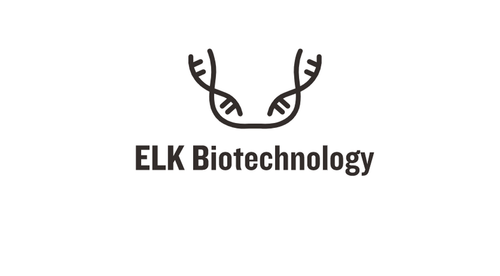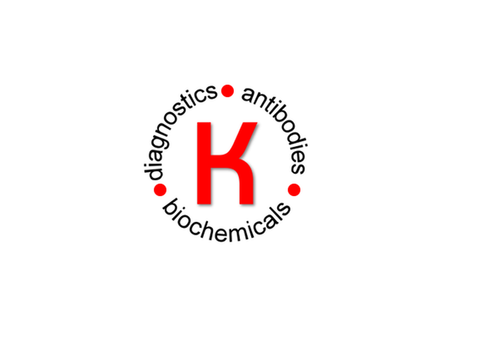Product Description
Mouse Early growth response protein 1 (EGR1) ELISA Kit | AE58848MO | Abebio
Species Reactivity: Mouse (Mus musculus)
Abbreviation: EGR1
Alternative Name: AT225; G0S30; KROX-24; NGFI-A; TIS8; ZIF-268; ZNF225; early growth response protein 1|nerve growth factor-induced protein A|transcription factor ETR103|zinc finger protein 225
Application: ELISA
Range: 0.156-10 ng/mL
Sensitivity: 0.056 ng/mL
Intra-Assay: ≤4.8%
Inter-Assay: ≤7.9%
Recovery: 0, 89
Sample Type: Serum, Plasma, Other biological fluids
Detection Method: Sandwich
Analysis Method : Quantitive
Test Principale: This assay employs a two-site sandwich ELISA to quantitate EGR1 in samples. An antibody specific for EGR1 has been pre-coated onto a microplate. Standards and samples are pipetted into the wells and anyEGR1 present is bound by the immobilized antibody. After removing any unbound substances, a biotin-conjugated antibody specific for EGR1 is added to the wells. After washing, Streptavidin conjugated Horseradish Peroxidase (HRP) is added to the wells. Following a wash to remove any unbound avidin-enzyme reagent, a substrate solution is added to the wells and color develops in proportion to the amount of EGR1 bound in the initial step. The color development is stopped and the intensity of the color is measured.
Product Overview: Zif268 is a mammalian transcription factor that is now officially known as Egr1.It was originally discovered in mouse. The protein encoded by this gene belongs to the EGR family of C2H2-type zinc-finger proteins. It is a nuclear protein and functions as a transcriptional regulator. The products of target genes it activates are required for differentiation and mitogenesis. Studies suggest this is a tumor suppressor gene.The DNA binding domain of Zif268 consists of three zinc finger domains of the Cys2His2 type. The amino acid structure of the Zif268 zinc finger domain is given in this table, using the single letter amino acid code. The fingers 1 to 3 are indicated by f1 - f3. The residues marked 'x' are not part of the zinc fingers, but rather serve to connect them all together.
Stability: The stability of ELISA kit is determined by the loss rate of activity. The loss rate of this kit is less than 5% within the expiration date under appropriate storage condition. The loss rate was determined by accelerated thermal degradation test. Keep the kit at 37°C for 4 and 7 days, and compare O.D.values of the kit kept at 37°C with that of at recommended temperature. (referring from China Biological Products Standard, which was calculated by the Arrhenius equation. For ELISA kit, 4 days storage at 37°C can be considered as 6 months at 2 - 8°C, which means 7 days at 37°C equaling 12 months at 2 - 8°C) .
 Euro
Euro
 USD
USD
 British Pound
British Pound
 NULL
NULL












